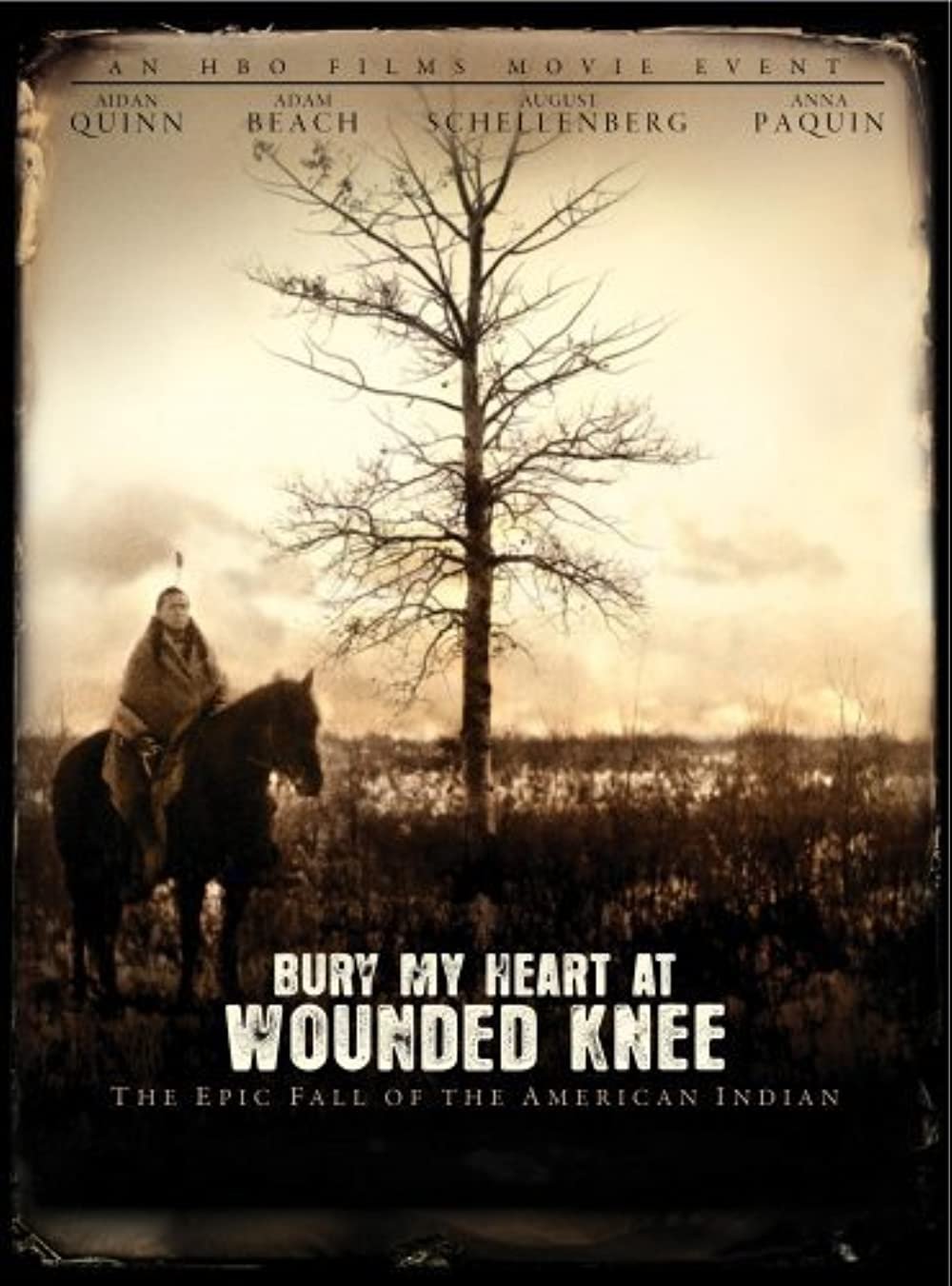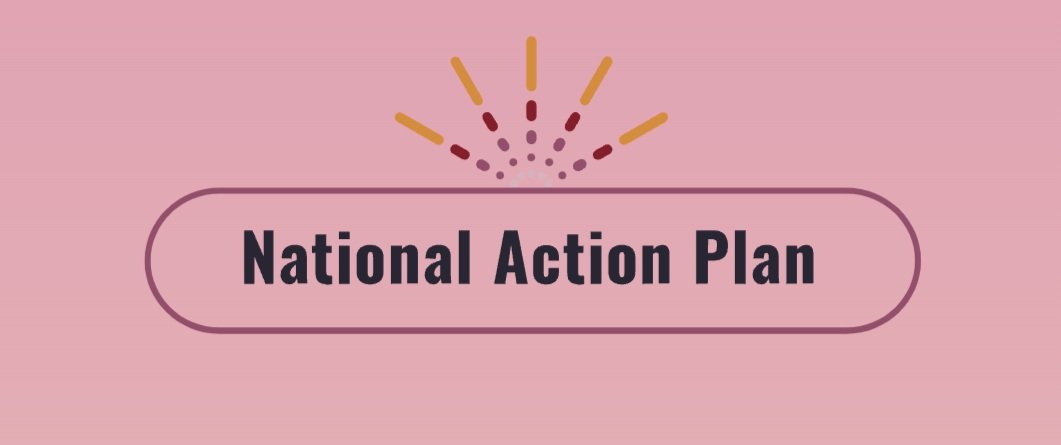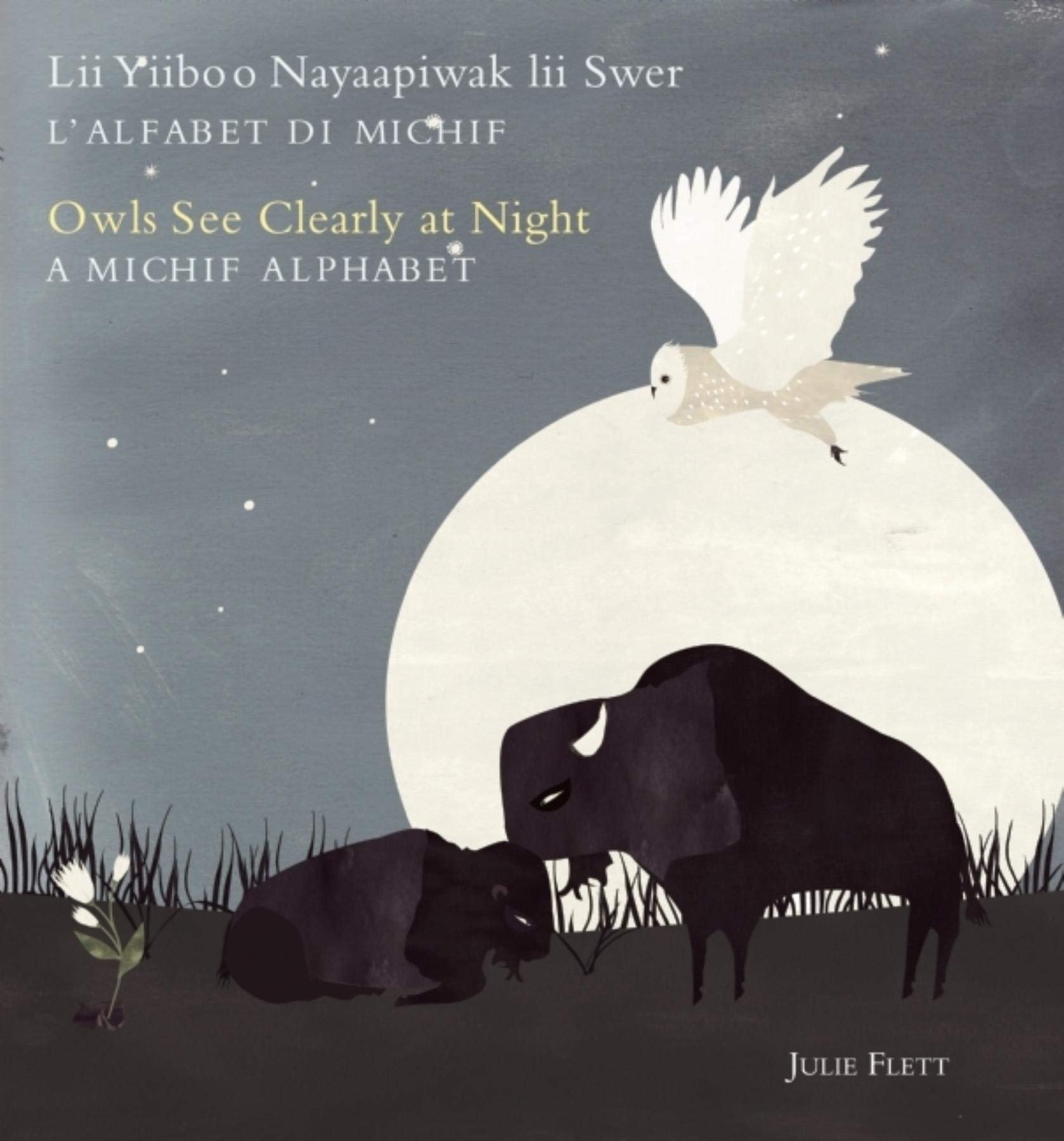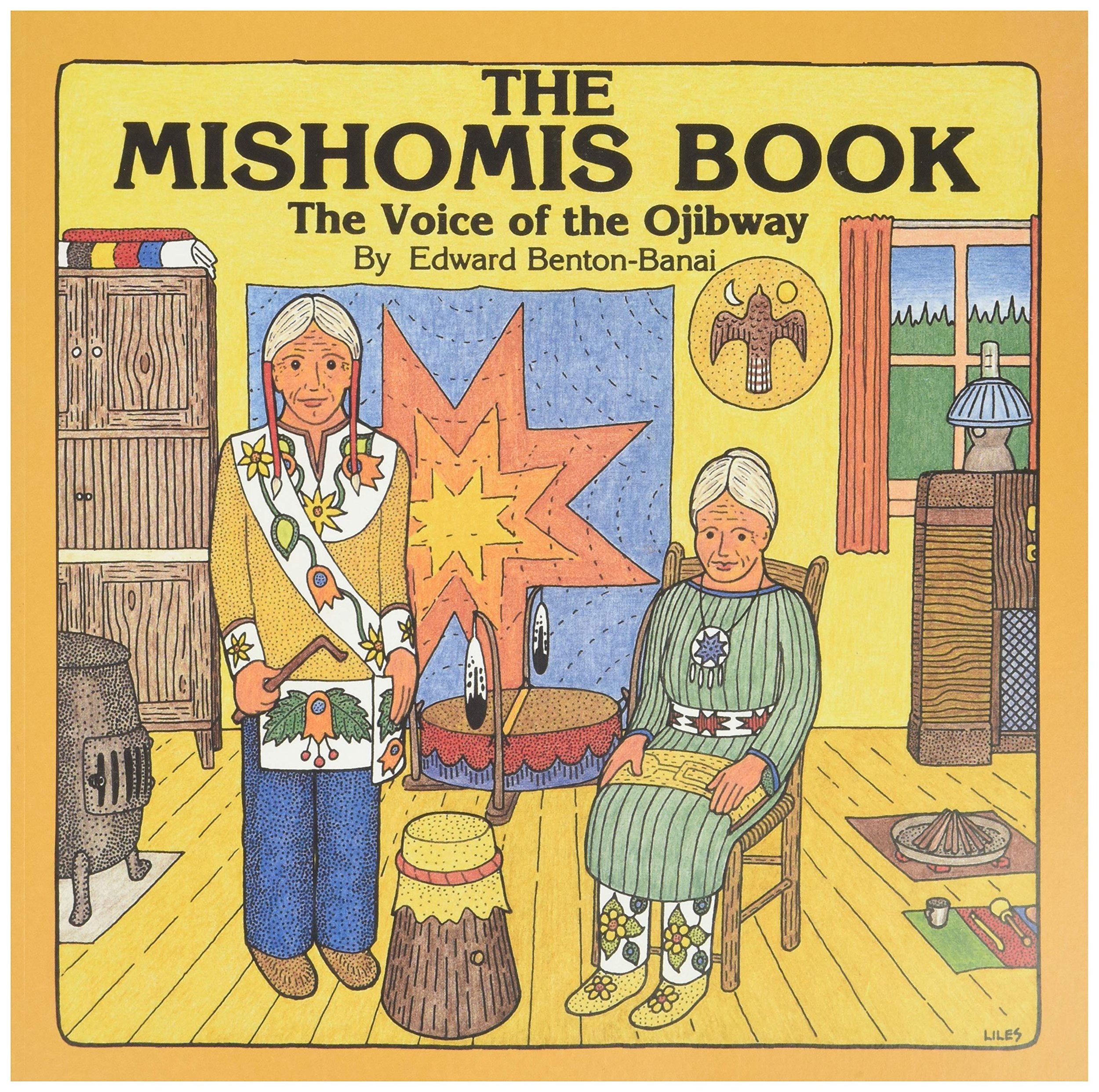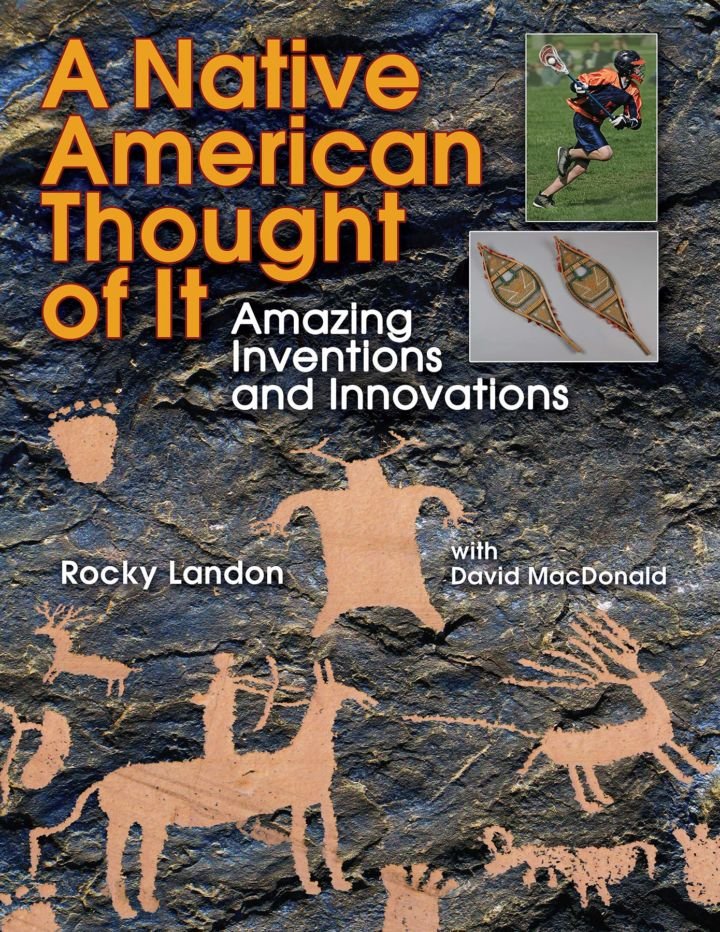
Your Journey on
The Orange Path
Start your own personal journey on the orange path
The Orange Path is a movement that helps each person shape their path toward reconciliation. Your journey is unique to you. The Orange Path is a resource to support Indigenous survivors and community members on their journey toward healing and to help Canadians on their journey to truth, reconciliation, and allyship.
On this webpage, you will find tools and resources to start or continue your journey to truth and reconciliation.
Warriors, survivors, and community members, please visit the WARRIORS page for resources specific to supporting our Indigenous community members through their healing journey.

4 Steps to Guide You on Your Journey
Learn: Gain more knowledge about the history of Canada and Indigenous people and what actions are required for reconciliations.
Share: Follow and share our posts on Facebook, Instagram and Twitter. Let your network of people know you are on the path to reconciliation. Share what you are learning on your journey.
Show: Wearing orange or change your profile photo are just some of the ways you can show support for Truth and Reconciliation.
ACT: Reconciliation starts with an ACT. Each step on the Orange Path requires action and brings us all one step further on our journey. Take your actions to governments, communities and organizations. Make reconciliation the long-awaited and necessary priority.
Start your journey.
We have curated resources that are age-appropriate and our Top 5 picks that every person should read, watch, or listen to. We always recommend that children view these resources with a caregiver who is open and ready to discuss how the stories made them feel and if they have any questions they feel comfortable asking. The children’s books have links to access the books and also links to YouTube where they are read aloud.
1. Learn
Click the buttons below to access resource tool kits by category. There are resources for reading, watching, and listening. Learn in the way that suits you best. Check back often as we update these resources often to support everyone’s journey on the Orange Path.
You can also use the links below to search resources by type. There are resources for every type of preferred learning method.
Audiobook | Book | Course | Event | Film | Graphic Novel | Local | Online Learning | Podcast | Research | Short Film | Song | TedTalk | TV Series
2. Share
Sharing what you are learning is an important part of reconciliation. You can help guide others by sharing where you are on the Orange Path. Share the resources you learned from, share from trusted information sources on reconciliation.
Social media is a large part of our day-to-day lives, incorporating Indigenous content into the platforms you use can help you become more aware of Indigenous perspectives.
We have some suggestions of News Sources you can follow. This is not a comprehensive list, it is a starting point for your journey.
News Sources with Indigenous Content
CBC Indigenous
Facebook | Twitter | Instagram
IndigiNews
Facebook | Twitter | Instagram
National Centre for Truth and Reconciliation
3. Show
Show that you support Truth & Reconciliation. Show that it is more than 1-day.
Wear Orange.
You can wear an orange shirt, sweater, top on September 30 to show your support. If you would like to purchase an Every Child Matters t-shirt to show support on September 30 and beyond, make sure you are purchasing from an Indigenous organization where proceeds support Indigenous causes or artists. If you are unsure when buying a shirt, ask the seller who the artist is, and where the proceeds from sales go. Those supporting Indigenous organizations will have those answers readily available.Change your profile photo or change the frame to a Truth & Reconciliation image.
Showing your network on social media that you support Truth & Reconciliation brings greater awareness to your network.
4. ACT
Reconciliation will not happen without your action.
Write a letter to your municipal, provincial, and federal leaders. Ask what they are doing to take action on the 94 Calls to Action of the Truth & Reconciliation Commission
Find contact information for your Current Member of the Parliament of Canada
Educate the next generation about the true history of Canada.
Support Indigenous businesses, artists, and creators.
Indigenous communities had robust economies before colonialism. Support the reclaiming of Indigenous economies for communities and sustainability.
Film, Video, and audio Resources
This documentary introduces us to thousands of Indigenous Canadians who enlisted and fought alongside their countrymen and women during World War II.
Unity in support of safety, security and recognition of our Indigenous women, children and families. We call upon you to end violence, oppression, genocide and racism.
After her son, Kristian, a 24-year-old hockey player from Siksika Nation, is fatally shot in a vehicle near Strathmore, Alberta, Melodie Ayoungman challenges two communities to work together and face difficult conversations.
The evolution of the depiction of Native Americans in film, from the silent era until today, featuring clips from hundreds of movies and candid interviews with famous directors, writers and actors, Native and non-Native: how their image on the screen transforms the way to understand their history and culture.
Rumble tells the story of a profound, essential, and, until now, missing chapter in the history of American music: the Indigenous influence.
This is Indian Relay, where jockeys ride horses bareback and jump from one horse to another in the middle of the race.
A past, present and future journey in Fort McKay.
In Powwow Trail, Dylan Jennings shares a weekend of singing with Midnite Express and dancing at the Oneida Powwow. This video is part of The Ways, an ongoing series of stories on culture and language from Native communities around the central Great Lakes.
Beginning just after the bloody Sioux victory over General Custer at Little Big Horn, the story is told through two unique perspectives: Charles Eastman, a young, white-educated Sioux doctor held up as living proof of the alleged success of assimilation, and Sitting Bull the proud Lakota chief whose tribe won the American Indians’ last major victory at Little Big Horn.
Wab Kinew explain 500 years in 2 minutes.
Wab Kinew was on George Stroumboulopoulos Tonight show o talk about First Nations stereotypes and why people need to stop using them.
The Pass System illuminates Canada’s hidden history of racial segregation. For over 60 years, the Canadian government denied many Indigenous peoples the basic freedom to leave their reserves without a pass. Nehiyaw, Saulteaux, Dene, Ojibwe and Niitsitapi elders tell their stories of living under and resisting the system, and link their experiences to today. Renowned artists and scholars give context to the on-going legacy of the system. Acclaimed actor and activist Tantoo Cardinal (Stumptown, Dances with Wolves, Legends of the Fall), narrates this investigative look into a little-known Canada, with music by award-winning composer Cris Derksen.
The people of the Attawapiskat First Nation, a Cree community in northern Ontario, were thrust into the national spotlight in 2012 when the impoverished living conditions on their reserve became an issue of national debate. With The People of the Kattawapiskak River, Abenaki director Alanis Obomsawin quietly attends as community members tell their own story, shedding light on a history of dispossession and official indifference. “Obomsawin’s main objective is to make us see the people of Attawapiskat differently,” said Robert Everett-Green in The Globe & Mail. “The emphasis, ultimately, is not so much on looking as on listening—the first stage in changing the conversation, or in making one possible.” Winner of the 2013 Donald Brittain Award for Best Social/Political Documentary, the film is part of a cycle of films that Obomsawin has made on children’s welfare and rights.
This animated short by Alethea Arnaquq-Baril tells a tragic and twisted story about the dangers of revenge. A cruel mother mistreats her son, feeding him dog meat and forcing him to sleep in the cold. A loon, who tells the boy that his mother blinded him, helps the child regain his eyesight. Then the boy seeks revenge, releasing his mother’s lifeline as she harpoons a whale and watching her drown. Based on a portion of the epic Inuit legend “The Blind Boy and the Loon.”
An important figure in the history of Canadian Indigenous filmmaking, Gil Cardinal was born to a Métis mother but raised by a non-Indigenous foster family, and with this auto-biographical documentary he charts his efforts to find his biological mother and to understand why he was removed from her. Considered a milestone in documentary cinema, it addressed the country’s internal colonialism in a profoundly personal manner, winning a Special Jury Prize at Banff and multiple international awards. “Foster Child is one of the great docs to come out of Canada, and nobody but Gil could have made it,” says Jesse Wente, director of Canada’s Indigenous Screen Office. “Gil made it possible for us to think about putting our own stories on the screen, and that was something new and important.”
This short documentary presents the empowering story of Rodney "Geeyo" Poucette's struggle against prejudice in the Indigenous community as a two-spirited person (gay, lesbian, bisexual, and transgender). First Stories is an emerging filmmaker program for Indigenous youth which produced 3 separate collections of short films from Manitoba, Saskatchewan, and Alberta. Produced in association with CBC, APTN, SCN, SaskFilm and MANITOBA FILM & SOUND.
This feature-length documentary pays tribute to CBQM, the radio station that operates out of Fort McPherson, a small town about 150 km north of the Arctic Circle in the Canadian Northwest Territories. Through storytelling and old-time country music, filmmaker and long-time listener Dennis Allen crafts a nuanced portrait of the "Moccasin Telegraph," the radio station that is a pillar of local identity and pride in this lively northern Teetl'it Gwich'in community of 800 souls.
In this inspiring true story, a group of Inuit students in a small, struggling Arctic community is changed forever through the transformative power of sport.
A 14-year-old girl and her family undertake a kayak trip along the shores of the Great Bear rainforest to protest oil tanker traffic.
On a July day in 1990, a confrontation propelled Native issues in Kanehsatake and the village of Oka, Quebec, into the international spotlight.
Going home was never an option for single mother Lena Mahikan (Cara Gee). But when her 13-year-old, Peeka (Shay Eyre) overdoses in the streets of Toronto, she is forced to return home to her estranged mother and face a life-long legacy of shame and resentment. Empire of Dirt is a story about second chances and summoning the power of family to soothe the pain of cyclical damage.
Tracey Deer grew up on the Mohawk reserve of Kahnawake with two very firm but unspoken rules drummed into her by the collective force of the community. These rules were very simple and they carried severe repercussions: 1) Do not marry a white person, 2) Do not have a child with a white person.
Decolonization can be an invitation for all Canadians to be a part of something good and to leave behind a better version of Canada for generations to come.
Igloolik at the dawn of the first millennium, when nomadic Inuit were masters of the frozen arctic. Evil in the form of an unknown shaman divides a small community of Inuit, upsetting its balance and spirit.
A thrilling tale of perseverance and survival set in the wilderness during the great copper rush of 1845.
Métis In Space hilariously deconstructs the science fiction genre through a decolonial lense.
Reading and audiobook Resources
Francis Pegahmagabow (1889-1952), a member of the Ojibwe nation, was born in Shawanaga, Ontario. Enlisting at the onset of the First World War, he became the most decorated Canadian Indigenous soldier for bravery and the most accomplished sniper in North American military history.
Francis Pegahmagabow was a remarkable aboriginal leader who served his nation in time of war and his people in time of peace. In wartime he volunteered to be a warrior. In peacetime he had no option. His life reveals how uncaring Canada was about those to whom this land had always been home.
When Lawrence's father goes overseas with the Canadian Army during the Second World War, the young Cree boy struggles to grow up while wrestling with the meaning of war.
“My name is Weetaltuk; Eddy Weetaltuk. My Eskimo tag name is E9-422.” So begins From the "Tundra to the Trenches." Weetaltuk means “innocent eyes” in Inuktitut, but to the Canadian government, he was known as E9-422: E for Eskimo, 9 for his community, 422 to identify Eddy.
When Lawrence's father goes overseas with the Canadian Army during the Second World War, the young Cree boy struggles to grow up while wrestling with the meaning of war.
A young girl delights in a visit to her grandpa's farm. The visit is also an opportunity for this child to ask Grandpa what her grandmother, Yayah, was like, and explore the "secret room,"with its old wooden trunk of ribbons, medals and photos of Grandpa in uniform.
His name wasn’t Chester Nez. That was the English name he was assigned in kindergarten. And in boarding school at Fort Defiance, he was punished for speaking his native language.
As part of the Regional Municipality of Wood Buffalo’s 7-week Truth and Reconciliation Challenge, week 3 is about Murdered or Missing and Exploited Indigenous Peoples (MMEIP).
In response to the 231 Calls for Justice and the Principles for Change from the National Inquiry into Missing and Murdered Indigenous Women and Girls, the establishment of the National Family and Survivors Circle (NFSC) was supported by Crown-Indigenous Relations and Northern Affairs to provide guidance on how to engage families, survivors, and 2SLGBTQQIA+ people in the development and implementation of a National Action Plan. The NFSC is comprised of Indigenous women from diverse backgrounds.
The Final Report is comprised of the truths of more than 2,380 family members, survivors of violence, experts and Knowledge Keepers shared over two years of cross-country public hearings and evidence gathering. It delivers 231 individual Calls for Justice directed at governments, institutions, social service providers, industries and all Canadians.
The 2021 Missing and Murdered Indigenous Women, Girls, and 2SLGBTQQIA+ People National Action Plan was co-developed by a core working group in collaboration with the National Family and Survivors Circle and contributing partners.
Forward Summit prioritizes Indigenous prosperity by supporting open dialogue between communities and businesses.
The Harvard Project is the recognized leader in practical research, teaching, leadership development, policy analysis, and pro bono advising for Native communities.
The Truth and Reconciliation Commission's Final Report is a testament to the courage of each and every survivor and family member who shared their story.
This picture book is a small glimpse, from A to Z, of some of the sights and sounds of the Michif language and its speakers. The language of the Métis, Michif is a combination of French and Cree with a trace of other regional languages.
Born of Mohawk and Cayuga descent, musical icon Robbie Robertson learned the story of Hiawatha and his spiritual guide, the Peacemaker, as part of the Iroquois oral tradition. Now he shares the same gift of storytelling with a new generation.
One day Helen wakes up and it's SPRING! The snow has melted and the sun is shining. But Helen knows that the blackflies will be coming out soon.
The Ojibway is one of the largest groups of Native Americans, belonging to the Anishinabe people of what is today the northern United States and Canada. The Mishomis Book documents the history, traditions, and culture of the Ojibway people through stories and myths passed down through generations.
Mi'kmaw artist Alan Syliboy's The Thundermaker is based on Alan's spectacular mixed-media exhibit of the same name. In the book, Big Thunder teaches his son, Little Thunder, about the important responsibility he has making thunder for his people. Little Thunder learns about his Mi'kmaw identity through his father's teachings and his mother's traditional stories. Syliboy's spectacular, vibrant artwork brings the story of Little Thunder to vivid life.
When award-winning writer David Bouchard first saw the work of First Nations artist Roy Henry Vickers, he was struck by Vickers' reverence for nature and his understanding of Canada's rugged West Coast.
Author Richard Van Camp has always been curious about horses. He is a member of the Dogrib (Tlicho) Nation, a Native North American tribe that uses dogs instead of horses, because it's too cold for them up in Canada!
This beautiful bedtime poem, written by acclaimed Inuit throat singer Celina Kalluk, describes the gifts given to a newborn baby by all the animals of the Arctic.
When two red foxes have an argument which breaks apart their community, a gentle buffalo decides to take a braid of sweetgrass to a local elder and asks her to help with a sharing circle for all the animals.
Inspired by a handful of postcards sent nearly a hundred years ago, Bird and Mimi attempt to trace long-lost uncle Leroy and the family medicine bundle he took with him to Europe.
Darrell Dennis is a stereotype-busting, politically incorrect Native American/Aboriginal/Shuswap (Only he's allowed to call himself an "Indian." Maybe. Under some circumstances). With a large dose of humour and irreverence, he untangles some of the truths and myths about First Nations: Why do people think Natives get free trucks, and why didn't he ever get one? Why does the length of your hair determine whether you’re good or bad? By what ratio does the amount of rain in a year depend on the amount of cactus liquor you consume?
Everyone knows that moccasins, canoes and toboggans were invented by the Aboriginal people of North America, but did you know that they also developed their own sign language, syringe needles and a secret ingredient in soda pop?
The FNV is a dynamic equivalence translation of the New Testament that captures the simplicity, clarity, and beauty of Native storytellers in English, while remaining faithful to the original language of the Bible.
Darrell Dennis is a stereotype-busting, politically incorrect Native American/Aboriginal/Shuswap (Only he's allowed to call himself an "Indian." Maybe. Under some circumstances). With a large dose of humour and irreverence, he untangles some of the truths and myths about First Nations: Why do people think Natives get free trucks, and why didn't he ever get one? Why does the length of your hair determine whether you’re good or bad? By what ratio does the amount of rain in a year depend on the amount of cactus liquor you consume?













